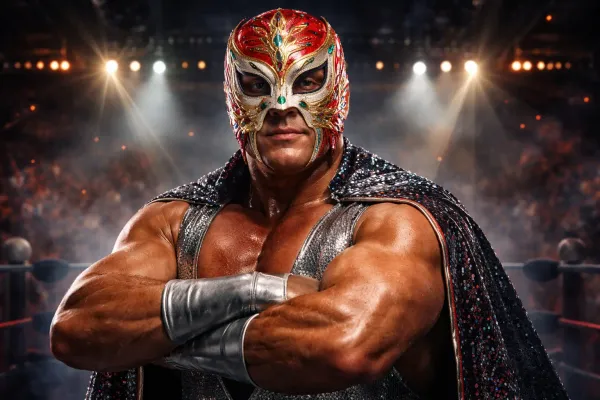10 animals that pair up for life

Animals: who doesn't dream of eternal love? Unfortunately, this does not happen to everyone, and some do not find love at all. The reasons for this may differ; maybe the whole point is that love cannot be found. It comes by itself, and the moment of meeting with her cannot be delayed or brought closer. Well, if love is happy and strong - for life, like these devoted monogamous animals.
Take a look at the selection – aren't these animals beautiful?! They show incredible loyalty and dedication! Many people should learn from them.
These are the ten animals that pair up for life.
1. Beavers
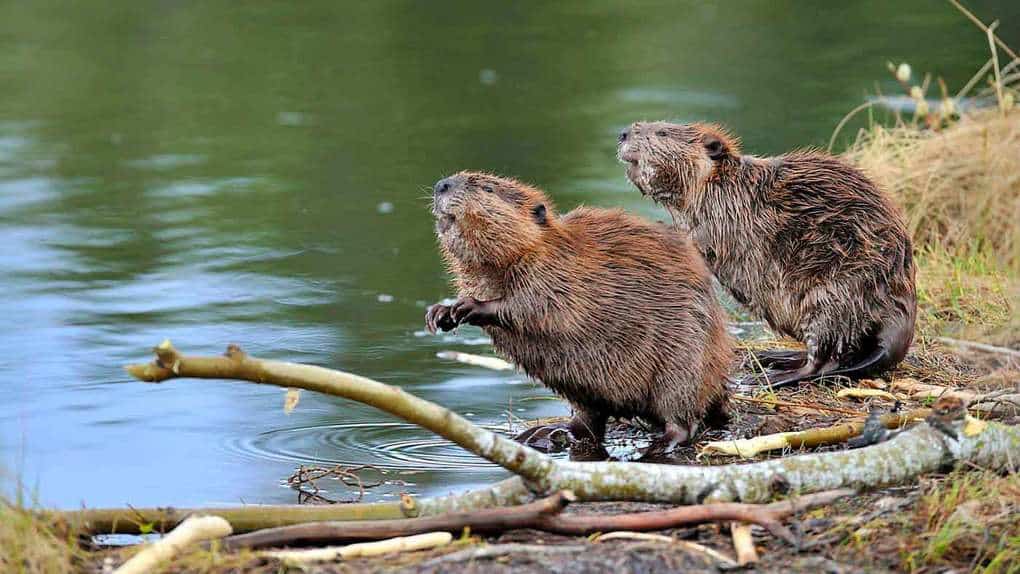
These animals are monogamous, and once they have found a mate, they live with their partner all their lives in loyalty and devotion. On average, they live for 25 years; these animals have a matriarchy.
If the animal is widowed for some reason, the beaver can find a new mate, but this does not happen so often. Animals are loyal to their partner, so they don't have complicated mating rituals.
Mating of beavers takes place in the water under the ice; the female bears a cub for up to 107 days. When labor begins – the male leaves the dwelling so the beaver can raise the baby for two months.
2. Lovebirds
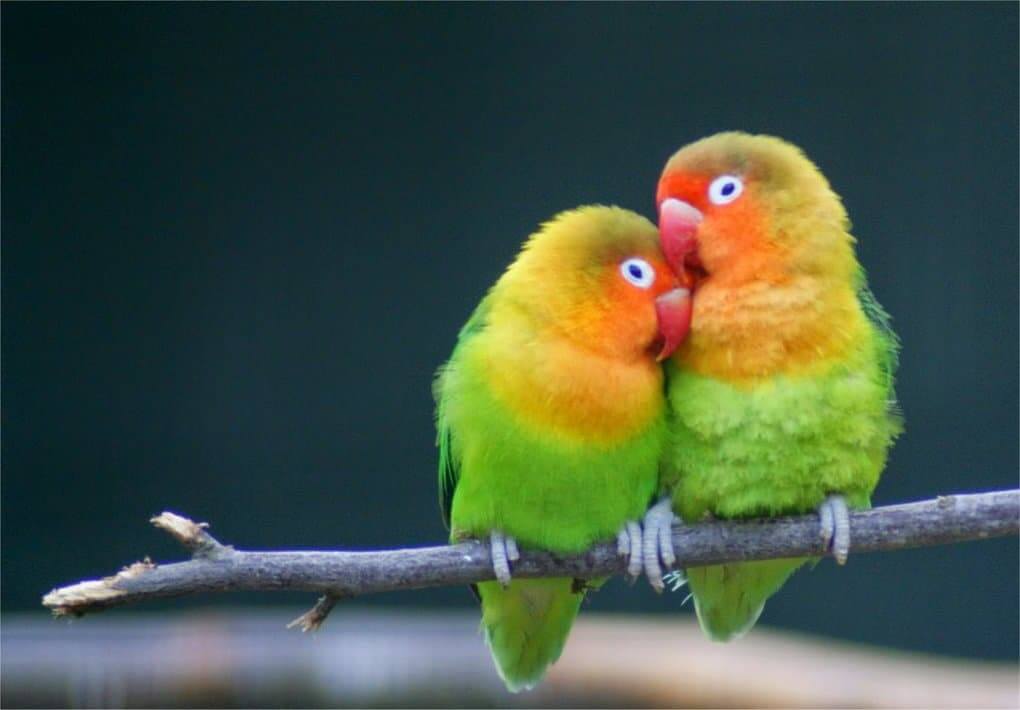
These Lovebirds are the most loyal of all. Their length does not exceed 17 cm, but they are loud and naughty. They became popular because of their loyalty and extraordinary tenderness towards each other.
If the lovebird has found a mate, he remains faithful to his partner until death. When people watch their relationship, they are in awe – of how tender they are with each other!
Lovebirds choose a couple from the age of 2 months and spend their entire lives together, sitting on a perch and basking with each other.
3. Two-horned kalao
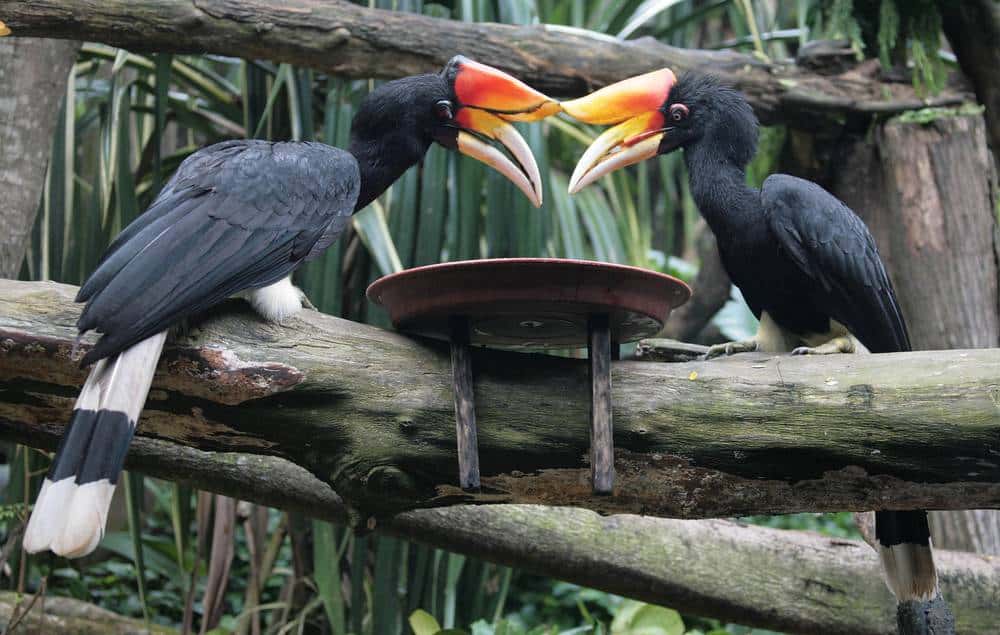
Have you ever seen people who can't tear themselves away from each other? Probably only for the first time, when they are madly in love.
Two-horned kalao inhabitants of the rainforest, just obsessed with each other! Their mating ritual consists of singing a duet and having laid her eggs; the female does not leave the nest for two months and is happy to eat what her partner will bring her. They love sweet figs.
4. Elephants

Elephants are the largest animals, symbolizing reliability and sustainability in life. They are very affectionate with their partners; their trunk is the nose and almost everything for elephants.
The elephant can perform heavy movements with its trunk thanks to the muscle group, and some muscle groups are responsible for subtle actions. These areas are more sensitive than human fingers.
When elephants bask, they wrap their trunks around each other when their partner is sad – the elephant uses its trunk to stroke their back or head.
5. Sea otters
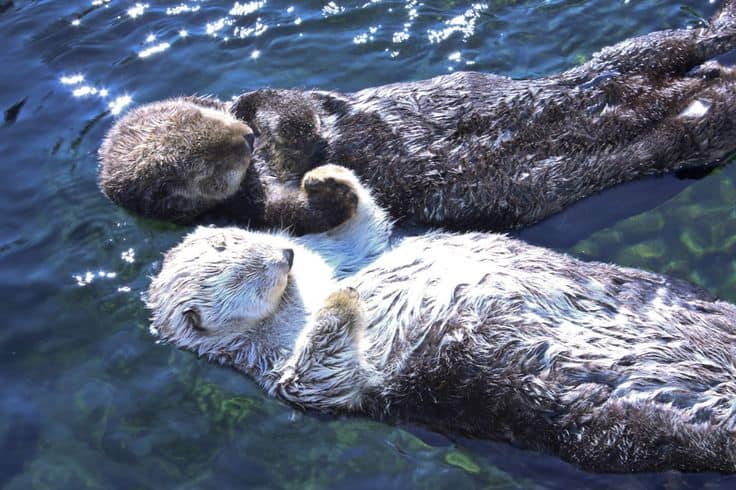
Sea otters live in and near the sea. They settle on rocky shores where the winds blow. These animals are very secretive and lead mostly a diurnal lifestyle.
Otters spend almost 70% of their lives in the water, foraging for food. They lead a solitary lifestyle; the population may consist of 10 individuals. Sea otters are calm if other otters appear on their territory.
These cute animals are monogamous, and when it's time for feeding or sleeping, otters do it in the water. During sleep, the partners hold their paws if the current wants to separate them.
6. Albatrosses
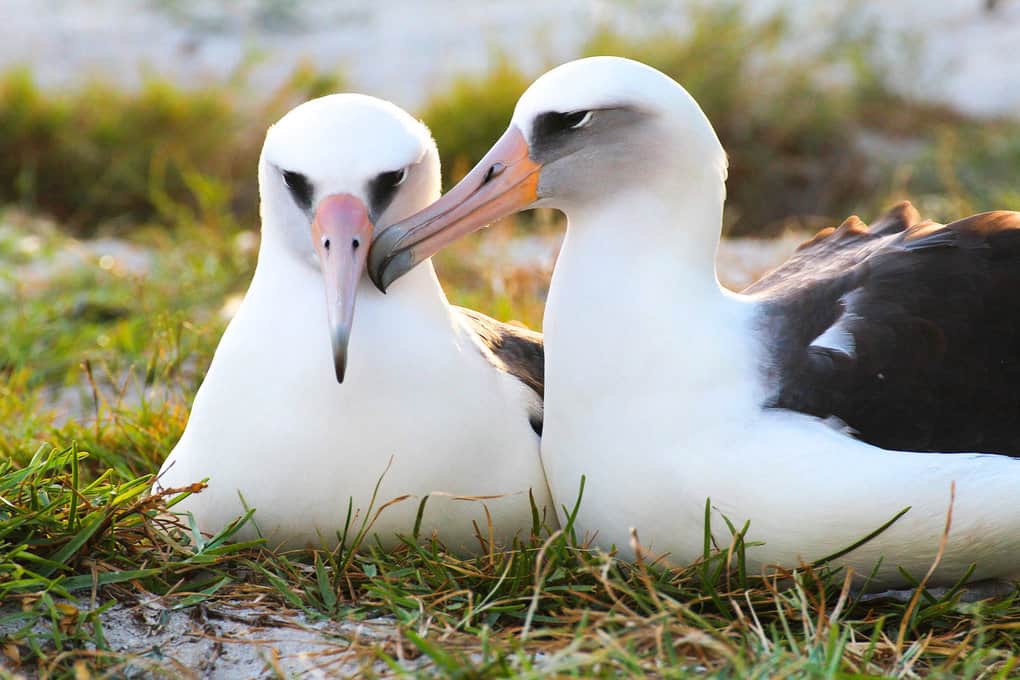
Albatross seabirds, even though they can fly a long distance over the ocean, always know where to return – they return to the same place and the same partner. These birds are real nomads; they are not tied to places, only where they were born.
Some individuals can fly around the globe in just 45 days! A pair of albatrosses develops over the years, becoming a real family, and has its signals and gestures in its arsenal.
7. Bald eagles

Birds of prey that live in North America find a mate and live with it all their lives. The eagle is a symbol of power – power-it is the bird that is the national symbol of the United States.
The loyalty of these birds can only be envied – even if the partner of the eagle dies, it is in no hurry to get a new pair.
When living together, both partners take care of the eaglets, and the male forages for food. They settle in areas where coniferous trees are located or on high rocks.
8. Penguins
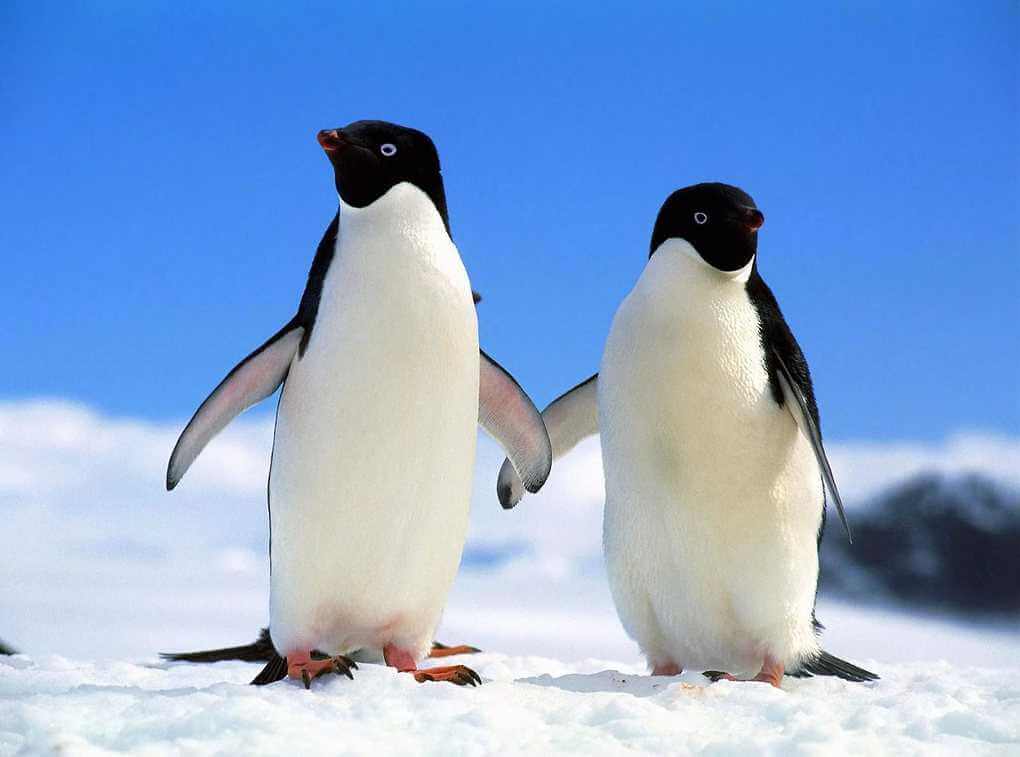
Inhabitants of the South Pole-amazing and fascinating penguins form a pair for life. They lead a colonial lifestyle – several hundred thousand pairs can live in one colony.
Penguins are evil in solitude – you can notice this if you watch a documentary about them. They always move in a group in the water and on land.
Partners find each other among their fellow human beings by their voices and subtle individual traits. Penguins never change partners, and if one of them has lost its mate, then the penguin lives alone for the rest of its life in melancholy.
9. Wolves
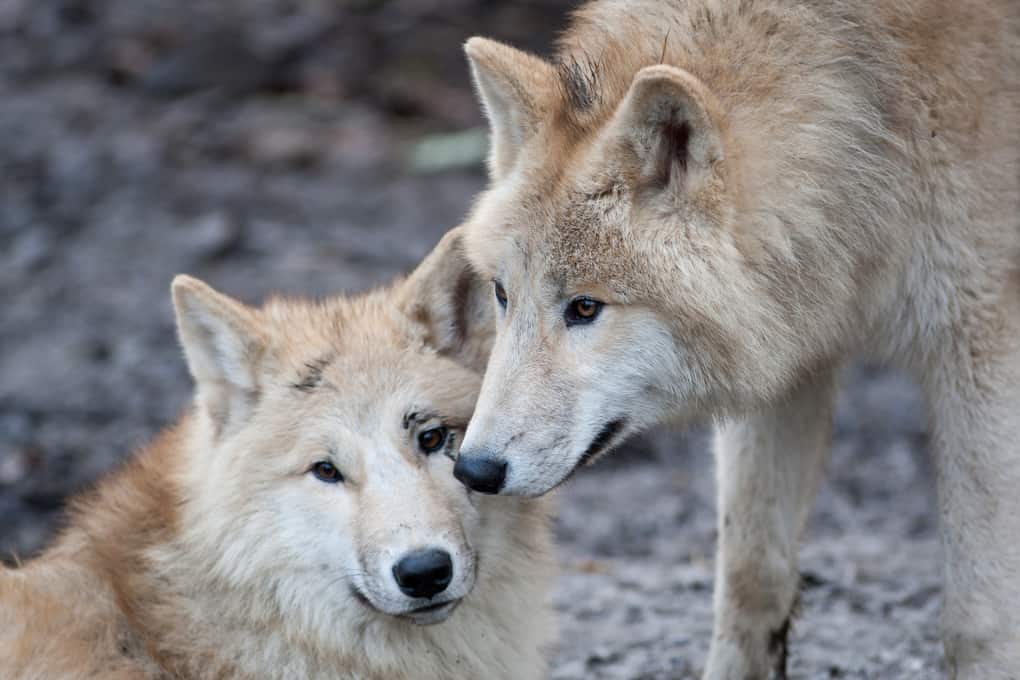
Wolves are one of those animals that form a pair for life. But, despite this, the animals live as a family, that is, in packs – they can include up to 40 wolves.
Groups consist of leaders-alpha, females and alpha males, their relatives, and those wolves who came to the pack alone.
A wolf can bite its throat out for its female-it protects it's young and looks for food. In folklore, wolves are portrayed as scammers, but in reality, these animals lead a family life that is more faithful than the relationship between people.
10. Swans
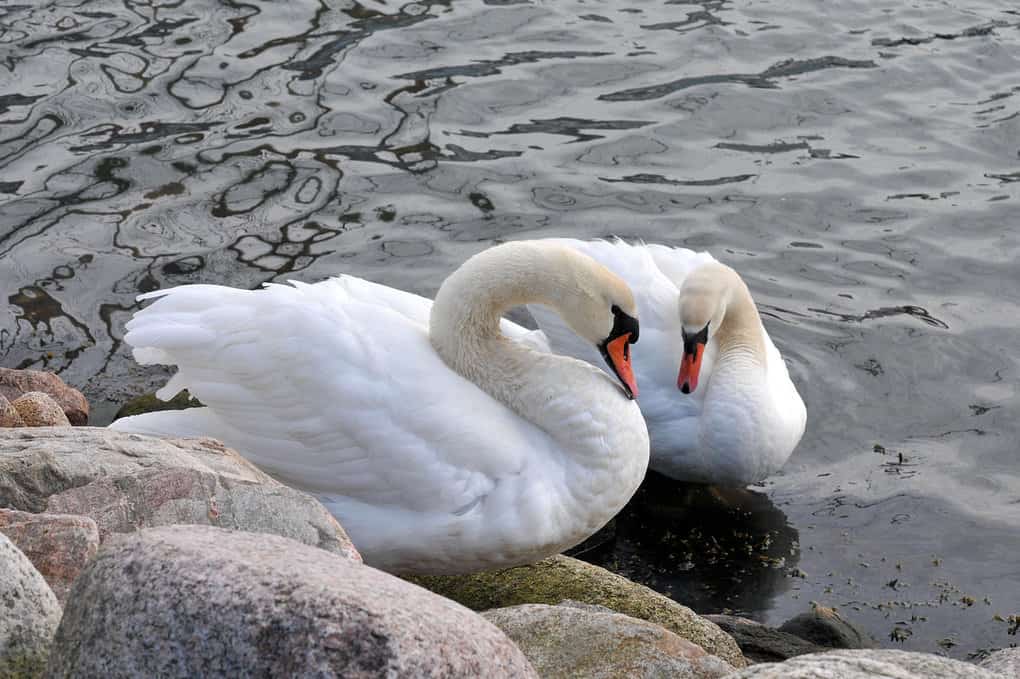
Swans are beautiful birds that artists are happy to depict in their paintings. White swans are a symbol of eternal love, purity, wisdom, and nobility.
When a swan has a partner, it becomes very attached to it and swims with it always together. Beautiful birds spend the winter together and form a pair for life – if the partner dies, the swan may also die because of grief. Or, after a while, it finds a new partner, which does not happen so often.
Swans bend their necks like a heart, depicting them on love greeting cards.


